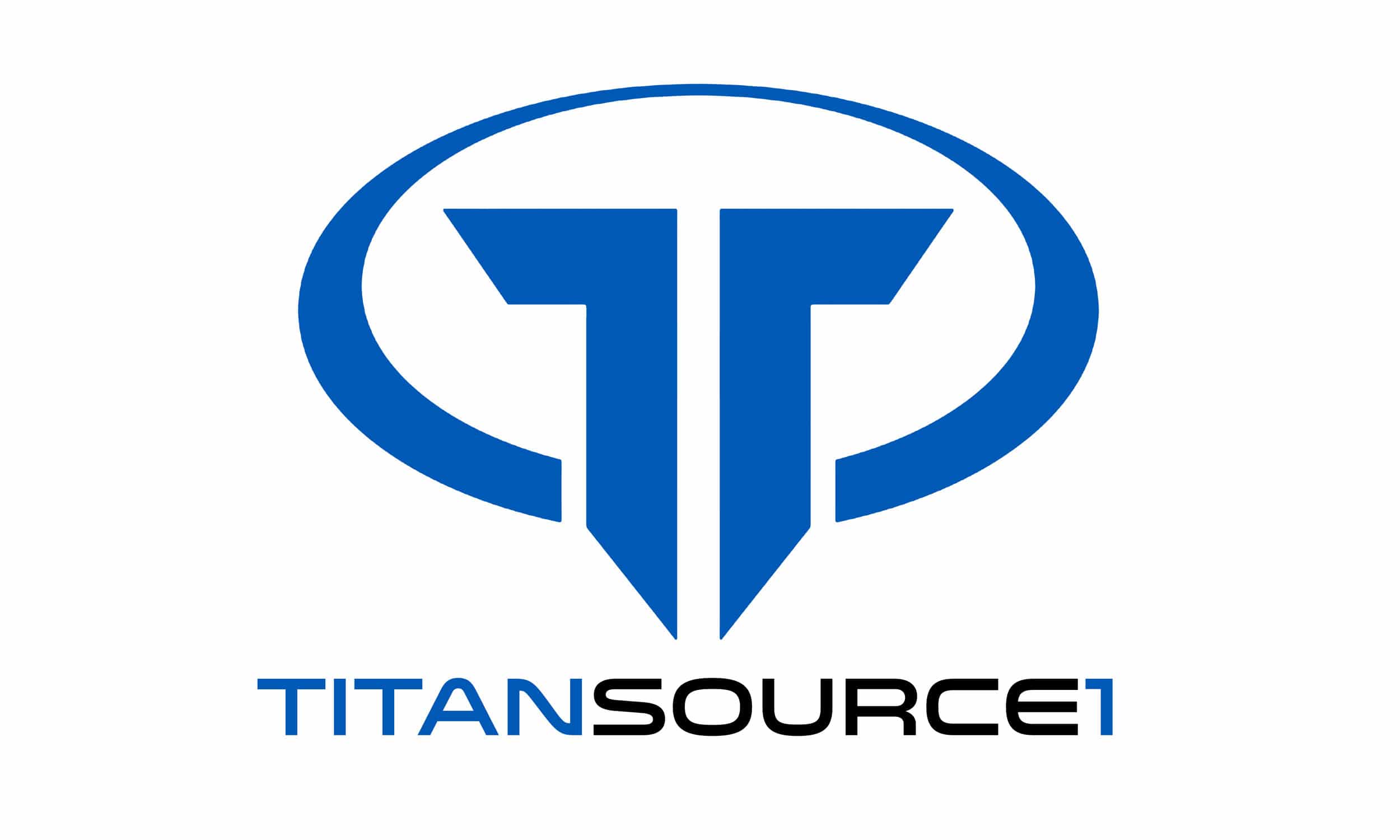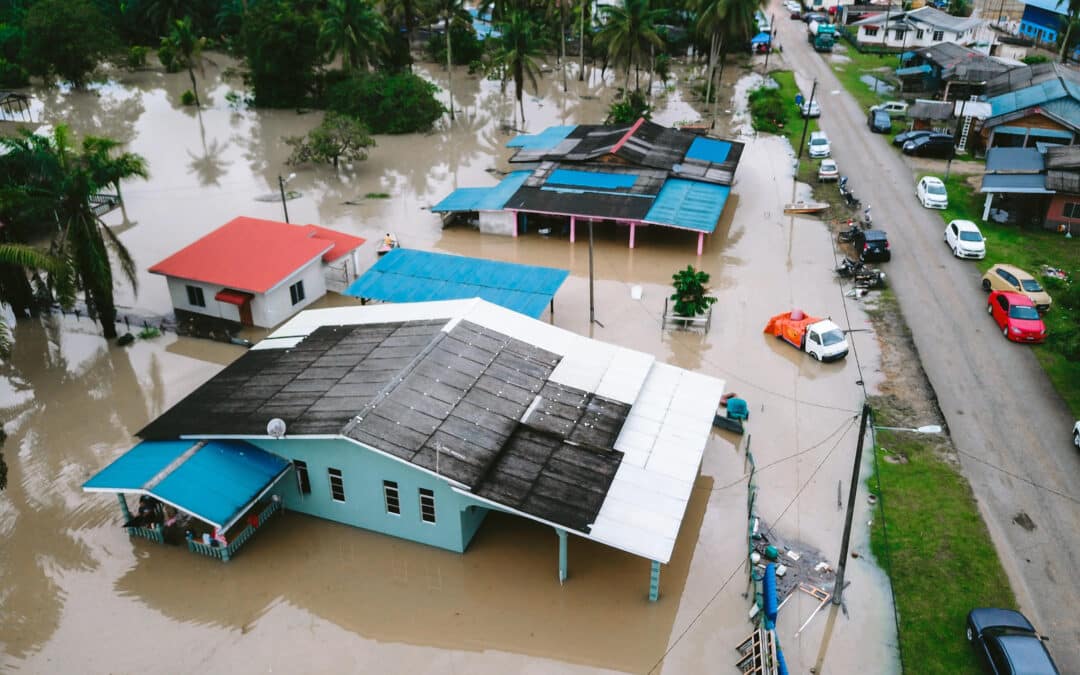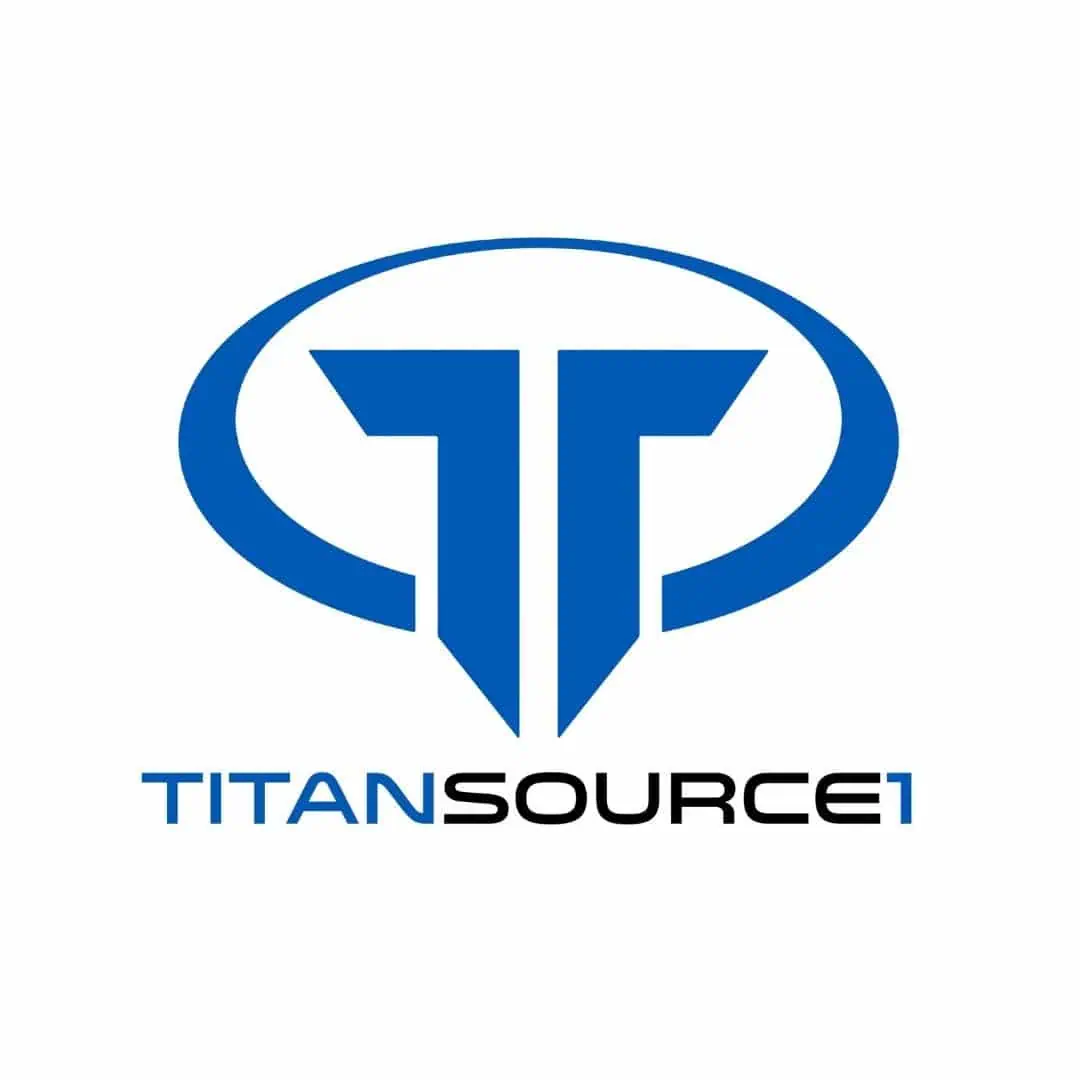As the dust settles after a catastrophic disaster like a hurricane or a devastating flood, a silent killer lurks, threatening lives even further. It’s not just the immediate impact of the disaster that poses a threat; it’s the deadly consequences of contaminated water in the aftermath. This article delves into the haunting reality of post-disaster water contamination and its potential lethal impact on affected communities. Brace yourself as we uncover the hidden dangers that tainted waters bring and why addressing this issue is crucial for survival.
Understanding Post-Disaster Water Contamination
When disaster strikes, it can leave behind a trail of destruction that extends far beyond what the eye can see. One of the most insidious consequences is post-disaster water contamination. As floods engulf towns and hurricanes wreak havoc, they bring along an array of hazardous elements that contaminate water sources.
Sewage, debris, chemicals, and pollutants become intermingled with the water supply, turning once-safe drinking water into a toxic brew. In the chaos of recovery, it’s easy to overlook the imminent danger posed by these tainted waters.
Health Risks of Consuming Contaminated Water
The immediate health risks of consuming contaminated water are alarming. Waterborne diseases, such as cholera, typhoid, and gastroenteritis, can spread rapidly, infecting large populations in a matter of days. These diseases lead to severe diarrhea, dehydration, and, in extreme cases, death, especially among the vulnerable, such as children and the elderly.
Contaminated water also carries heavy metals and toxic substances that can cause acute poisoning and organ damage. The danger lies not only in drinking the water but also in using it for everyday tasks like cooking and bathing.
The Silent Threat: Long-Term Health Consequences
As communities struggle to rebuild, the silent threat of long-term health consequences from contaminated water looms large. Exposure to pollutants and pathogens in the water can have lasting effects on human health.
Chronic conditions, like respiratory illnesses and skin disorders, can develop months or even years after the disaster. Additionally, contaminated water can weaken the immune system, making individuals more susceptible to infections and diseases over time.
Vulnerable Populations at Risk
The tragic reality is that some members of the community are more vulnerable to the deadly consequences of post-disaster water contamination. Children, with their still-developing immune systems, are particularly at risk. The elderly, too, may have weakened immune systems, making them more susceptible to infections.
Those with pre-existing health conditions face compounded risks when exposed to contaminated water. It’s essential to protect these vulnerable populations during the recovery process to prevent further suffering.
Disasters and Environmental Contamination
Disasters not only impact human lives but also have profound effects on the environment, leading to extensive environmental contamination. Chemical spills, oil leaks, and hazardous waste runoff add to the cocktail of pollutants in the water.
The consequences of environmental contamination extend beyond human health, affecting wildlife and ecosystems. Contaminated water disrupts aquatic life and can lead to long-term ecological imbalances, further jeopardizing the health of both humans and the environment.
Mitigation and Prevention Strategies
Amidst the devastation, there is hope. Implementing effective strategies for mitigating the deadly consequences of contaminated water is essential for community resilience.
Disaster preparedness must include water safety measures, ensuring safe drinking water is available even in the aftermath of a disaster. Emergency response plans should prioritize water purification and distribution to prevent waterborne diseases from spreading.
Empowering Communities for Resilience
In the wake of disaster, communities must band together to address the issue of contaminated water. Education and awareness campaigns play a significant role in building resilience. Equipping communities with knowledge about water safety and disease prevention can save lives.
Training and involving community members in recovery efforts not only boosts morale but also creates a sense of ownership and responsibility. Together, communities can work towards building water resilience and minimizing the deadly consequences of contaminated water.
Innovations and Technologies for Safer Water
Advancements in technology offer hope in the face of disaster-induced water contamination. Portable water purification systems, filtration units, and water testing kits can provide immediate solutions in emergency situations.
Organizations and initiatives have taken up the challenge of providing clean water to disaster-stricken areas. Their efforts have saved countless lives and are a testament to the power of innovation and humanitarianism in mitigating waterborne risks.
The deadly consequences of post-disaster water contamination are an ominous reality that demands attention. Understanding the risks and implementing preventive measures is vital for the survival and well-being of affected communities.TITANSOURCE1 is dedicated to creating innovative technologies that are energy efficient and safe for the environment.
Disasters show up around the world in all shapes and sizes, hurricanes, to floods to earthquakes and even failing infrastructure. Often utilities are impacted. Contaminated water mains or not enough water at emergency centers on time can hurt your community’s emergency preparedness. Titan has a plan. Our mobile and fixed water generators can be placed near evacuation shelters before or after a disaster. We can convert lake, river, ocean, and waste water into enough drinking water for a shelter, community, or city.
Our systems are self-contained and do not need external power. Ask us how we can provide your community, city, or favorite emergency service with ready water resources. What’s the best part? These systems cost very little in contrast to shipping water; Titan’s technicians operate and maintain the systems; and Titan upgrades are always free.
As we strive to rebuild in the aftermath of disasters, let us prioritize water safety, advocate for innovation, and empower communities to withstand the onslaught of tainted waters. Together, we can protect lives and ensure that the legacy of disaster is not one of devastation, but of resilience and hope.
Titan Source 1 is a leading environmental consulting company specializing in innovative solutions for environmental waste cleanup. Our cutting-edge products and expert services are designed to protect and restore natural ecosystems. With a commitment to sustainability and excellence, Titan Source 1 provides tailored strategies to address diverse environmental challenges. Partner with us to achieve a cleaner, safer, and healthier planet for future generations.


